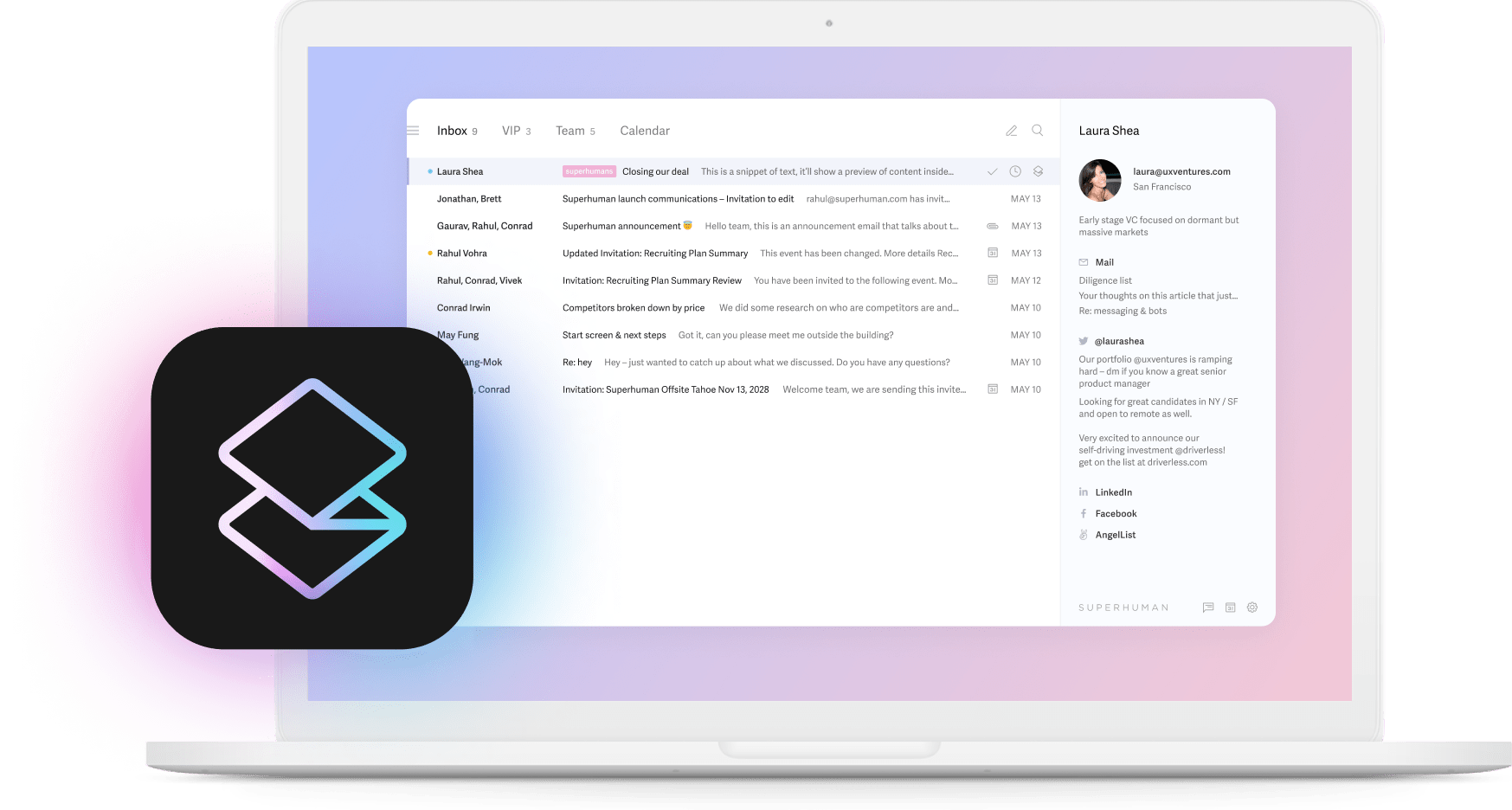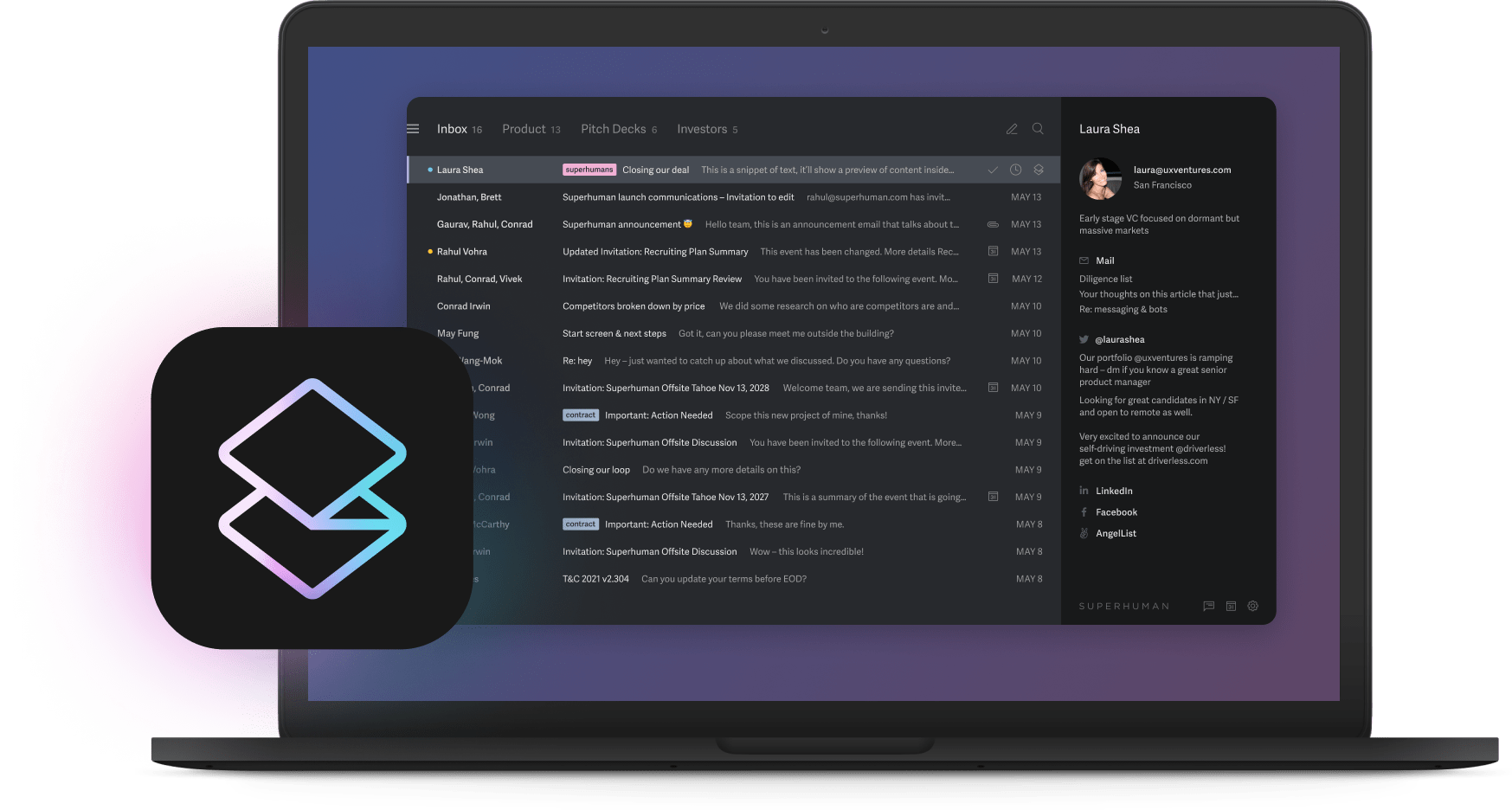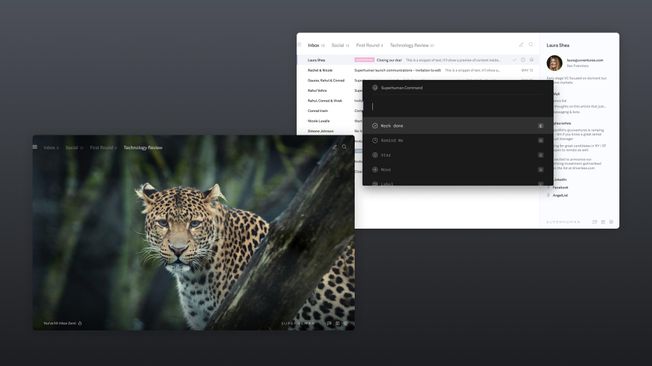
Picture your best sellers burning hours updating CRM fields and hunting for collateral instead of talking to customers. Research shows sales reps spend most of their day on non-selling activities, while competitors using AI-native tools are closing deals faster.
The gap between market leaders and everyone else is no longer talent, it's time. Give your team back 30-plus hours every week and you unlock more calls, faster follow-ups, and predictable revenue growth.
This guide shows you how to replace busywork with automation so you can get back to selling.
What is AI-driven sales enablement?
AI-driven sales enablement is the integration of artificial intelligence technologies into sales processes, tools, and strategies to enhance team performance, productivity, and revenue generation.
It encompasses machine learning algorithms, natural language processing, predictive analytics, and generative AI capabilities that automate repetitive tasks, provide data-driven insights, and deliver personalized support to sales representatives and managers.
The technology operates across three core dimensions: automated workflows that handle administrative tasks such as email composition, activity logging, and follow-up scheduling; intelligent content management systems that surface relevant sales materials based on deal context and buyer stage; and predictive analytics engines that identify opportunities, forecast outcomes, and flag at-risk deals before they stall.
Unlike traditional sales enablement that relies on manual processes and static playbooks, AI-driven systems continuously learn from successful patterns, adapt to changing buyer behaviors, and scale personalization across thousands of interactions simultaneously.
Modern AI-native platforms integrate with existing CRM systems, communication tools, and content repositories to create a unified intelligence layer that enhances every aspect of the sales cycle.
When implemented effectively, these systems help sales teams reclaim approximately 30 hours per week from non-selling activities, shifting time allocation from 70% administrative tasks to 70% customer-facing activities.
The hidden cost of busywork
You hire top sellers to close deals, yet just 28% of their day goes to actual selling. Nearly three quarters disappear into typing notes, stitching data between apps, and hunting for the right slide deck. You're paying premium salaries for data entry.
Here's the math: losing 30 hours a week per rep means your ten-person team burns 300 hours of prime revenue time. That's almost eight extra full-time sellers you're paying for but never fielding. While your team searches for collateral, competitors are already on their third personalized touchpoint.
Core AI capabilities that reclaim selling time
Give a rep a full extra workday and watch pipeline numbers jump. AI-native enablement delivers exactly that, wiping out roughly 30 hours of weekly busywork through these five practical capabilities:
- Email automation (saves 10 hours/week): Tools like Allego generate personalized outreach in seconds, while Outreach and HubSpot Sales Hub schedule sends, adjust cadence, and surface real-time buyer activity. With Instant Reply inside Superhuman Mail, reps wake up to an inbox where emails already have draft responses.
- Instant content discovery (saves 5 hours/week): Hunting through shared drives disappears when Showpad or Allego tag, rank, and recommend the perfect deck for each stage. The right slide lands in front of the buyer before a competitor even opens Google Drive.
- Automated CRM updates (saves 8 hours/week): People.ai captures every call, email, and meeting automatically, while Champify logs job-change intel straight into Salesforce. Data accuracy climbs and weekend data entry sessions vanish.
- Meeting prep automation (saves 3 hours/week): Gong.io listens to calls, produces bullet-point summaries, and flags next steps. Auto Summarize in Superhuman Mail helps teams instantly understand long email conversations and identify next actions.
Why speed compounds into revenue
Give a rep back 30 hours per week and you create room for about 60 extra sales conversations. Those additional calls and demos compound fast. More conversations unlock a multiplier effect. When you speak with twice as many buyers, close rates climb, forecasts firm up, and revenue becomes predictable.
Speed amplifies the payoff. Teams that answer buyers 12 hours sooner often move deals through the pipeline 30% faster, so quota arrives weeks earlier and cash hits the books sooner. We've found that Superhuman customers respond twice as fast when using AI features.
You can run the math for your own team. If an hour of direct selling produces $X in booked revenue, thirty extra hours translate to 30 × $X every week. Stretch that across ten reps and the upside becomes impossible to ignore. Most professionals already sense this shift, with 66% expecting at least a 3x increase in productivity over the next five years.
Fast-track implementation for immediate time savings
Give yourself thirty days, and you can hand sales reps an extra workday every week. Follow this four-week roadmap:
- Week 1 - Time audit: Shadow one deal cycle and log every task. You'll spot that email drafting, CRM updates, and content hunts swallow most of the day. This reality check sets your baseline and shows exactly where those 30 hours are hiding.
- Week 2 - Activate hidden features: Most teams already own AI-native tools they've never switched on. Turn on call summaries in Gong, enable automatic follow-ups in HubSpot, and let Showpad surface the right collateral in seconds. These simple toggles often recover hours without new contracts.
- Week 3 - Target biggest drains: Email and CRM work usually top the list. Outreach writes and schedules multistep sequences automatically. People.ai and Champify capture activities and push them to Salesforce without manual data entry.
- Week 4 - Prove the payoff: Show each rep a before-and-after calendar with green blocks for selling and gray for admin. When gray shrinks, ask them where the freed hours will go and set targets around live customer conversations.
Watch for these common implementation hurdles: data quality issues will derail automation before it starts, so clean and de-duplicate your records early. Tool overload creates confusion instead of efficiency, so consolidate functions inside a few integrated platforms. Team alignment matters more than technology, so ensure sales, marketing, and ops agree on goals upfront.
Measuring the shift from busywork to revenue
First, decide what progress looks like. Your goal is simple: flip the calendar so reps spend seventy percent of their week selling instead of wrestling with admin. Track these key metrics weekly:
- Hours selling vs. administrating: Aim for the 70/30 split and watch this ratio improve each week
- Customer conversations per rep: Should climb consistently as more time opens up for selling
- Lead response speed: Cut the gap between handoff and first outreach by 75% to feel the pipeline momentum
- Deals progressed per rep: Your fastest pulse check on whether things are actually moving forward
- Revenue per hour worked: The ultimate efficiency metric that turns saved minutes into dollars
Superhuman customers who use AI save 37% more time than those who don't, turning those saved minutes directly into revenue opportunities. Baseline every metric before activating automation, then surface them in one dashboard inside your CRM.
Set weekly reviews so reps can see the direct link between time reclaimed and revenue created.
Building a selling-first culture
Protect selling time like it's your most valuable asset. Block calendar space for prospect calls, customer demos, and deal reviews, then guard those hours fiercely. No more admin Fridays eating into revenue time.
Change how you measure success too. Instead of tracking CRM updates, focus on daily customer conversations and pipeline movement. The reps hitting their numbers aren't the ones with the cleanest data entries, they're the ones having the most meaningful conversations.
Spend those reclaimed hours on what actually drives deals: deeper discovery questions, tailored follow-ups, and genuine relationship building. When you're not scrambling to find the right case study or update Salesforce, you can focus on understanding what your prospects actually need.
Tools like Shared Conversations in Superhuman Mail help teams collaborate directly on deals without switching between apps.
Making this cultural shift stick requires clear structure. Set measurable goals for every AI rollout so everyone understands the why behind the change. Share progress numbers regularly with your team. When people see their selling time increase significantly, the transformation becomes real.
Create feedback loops that capture what your reps are learning. They'll spot the next batch of busywork that AI can eliminate better than anyone else. Treat this as an ongoing cycle, not a one-time project.
Start implementing AI sales enablement strategies today
The market rewards speed. Every hour your reps spend on admin work hands competitors another conversation with your prospects. Start with a time audit, activate AI features already in your tools, then track the shift in lead response times and revenue per rep.
Ready to transform your team's productivity? Try Superhuman Mail and join teams already saving 15 million hours every year.





